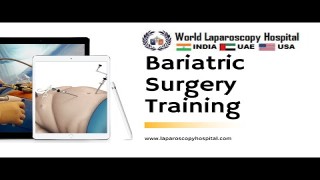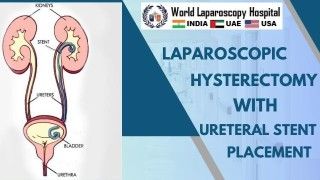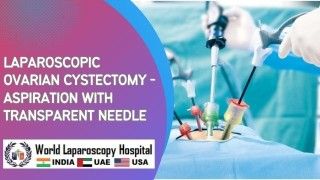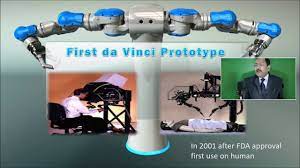Surgical Precision Redefined: Robotic Roux-en-Y Hepaticojejunostomy for Bile Duct Injury
Add to
Share
913 views
Report
1 year ago
Description
Introduction: Bile duct injuries that occur during or after cholecystectomy, the surgical removal of the gallbladder, can present complex challenges for surgeons. These injuries require meticulous and precise surgical interventions to restore biliary continuity and ensure optimal patient outcomes. Robotic Roux-en-Y Hepaticojejunostomy has emerged as a groundbreaking technique that redefines surgical precision in the management of post-cholecystectomy bile duct injuries. This essay delves into the significance of this innovative procedure, exploring how it revolutionizes the field of surgical precision and enhances patient care. Understanding Post-cholecystectomy Bile Duct Injuries: Post-cholecystectomy bile duct injuries occur when there is inadvertent damage to the bile ducts during gallbladder removal surgery. These injuries can range from minor leaks to complete transections of the bile duct, leading to significant complications such as bile leakage, strictures, and infection. The complexity of these injuries necessitates advanced surgical techniques to restore biliary continuity and optimize patient outcomes. Robotic Roux-en-Y Hepaticojejunostomy: Redefining Surgical Precision: Robotic Roux-en-Y Hepaticojejunostomy is an advanced surgical technique that combines the benefits of robotic-assisted surgery with the principles of Roux-en-Y reconstruction. This procedure involves using robotic surgical instruments and a high-definition camera to perform precise dissection and anastomosis between the injured bile duct and the jejunum. The robotic system provides enhanced visualization, wristed instrument control, and three-dimensional magnification, allowing for intricate and accurate surgical maneuvers. Enhanced Surgical Precision and Patient Outcomes: The integration of robotic technology into Roux-en-Y Hepaticojejunostomy offers several advantages for both surgeons and patients. The robotic system's superior dexterity and precision enable surgeons to perform complex anastomoses with greater accuracy, reducing the risk of complications such as bile leakage or stricture formation. The enhanced visualization provided by the robotic camera allows for a detailed assessment of the biliary anatomy, facilitating more precise surgical planning and execution. Ultimately, these advancements in surgical precision contribute to improved patient outcomes, including reduced post-operative complications and a faster recovery. Multidisciplinary Collaboration and Training: The successful implementation of Robotic Roux-en-Y Hepaticojejunostomy relies on multidisciplinary collaboration between hepatobiliary surgeons, gastroenterologists, and radiologists. This collaboration ensures a comprehensive approach to the diagnosis, preoperative planning, and postoperative care of patients with post-cholecystectomy bile duct injuries. Furthermore, continuous training and education are crucial for surgeons to master this complex technique and stay updated with the latest advancements in robotic surgery. Ongoing refinement and sharing of knowledge through conferences, workshops, and surgical societies contribute to the further development and adoption of this groundbreaking procedure. Advancing the Field of Surgical Precision: Robotic Roux-en-Y Hepaticojejunostomy represents a significant advancement in the field of surgical precision. By combining robotic technology with Roux-en-Y reconstruction principles, surgeons are able to address post-cholecystectomy bile duct injuries with unprecedented precision and accuracy. This innovative procedure sets a new standard for surgical excellence and underscores the commitment of surgeons to continually improve patient care and outcomes. Discover the groundbreaking technique of Robotic Roux-en-Y Hepaticojejunostomy for post-cholecystectomy bile duct injuries. This advanced surgical procedure combines the precision of robotic-assisted surgery with the principles of Roux-en-Y reconstruction to restore biliary continuity with unparalleled accuracy. Explore how the integration of robotic technology enhances visualization, enables intricate dissection, and facilitates precise anastomosis between the injured bile duct and the jejunum. Witness how this revolutionary approach redefines surgical precision, leading to improved patient outcomes and transforming the field of hepatobiliary surgery. Conclusion: Robotic Roux-en-Y Hepaticojejunostomy has redefined surgical precision in the management of post-cholecystectomy bile duct injuries. By leveraging robotic technology, surgeons can perform intricate anastomoses with enhanced precision, resulting in improved patient outcomes and reduced complications. As this technique continues to evolve and gain wider acceptance, it holds the potential to transform the field of surgical precision, providing patients with safer and more effective treatment options for post-cholecystectomy bile duct injuries.
Similar Videos






